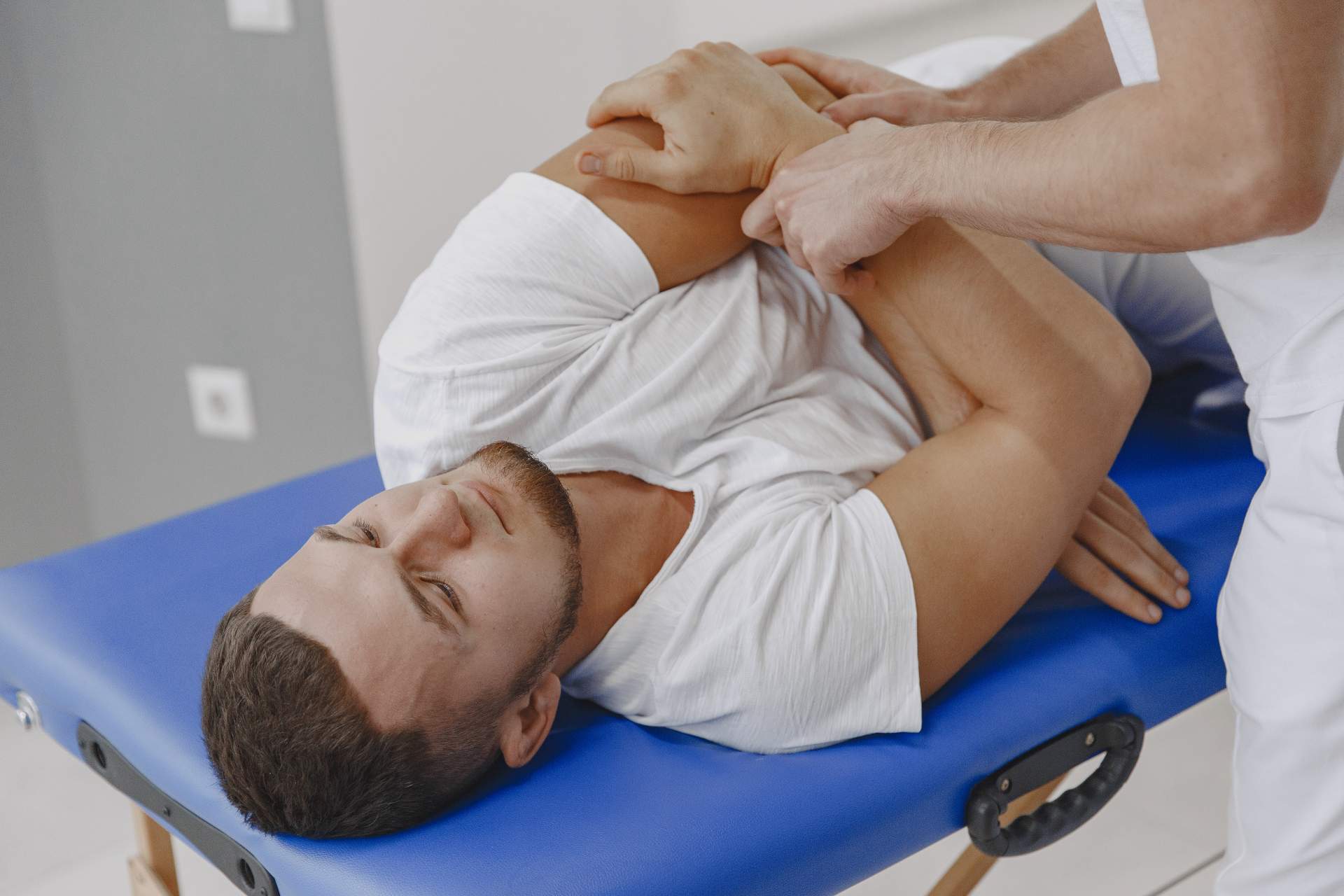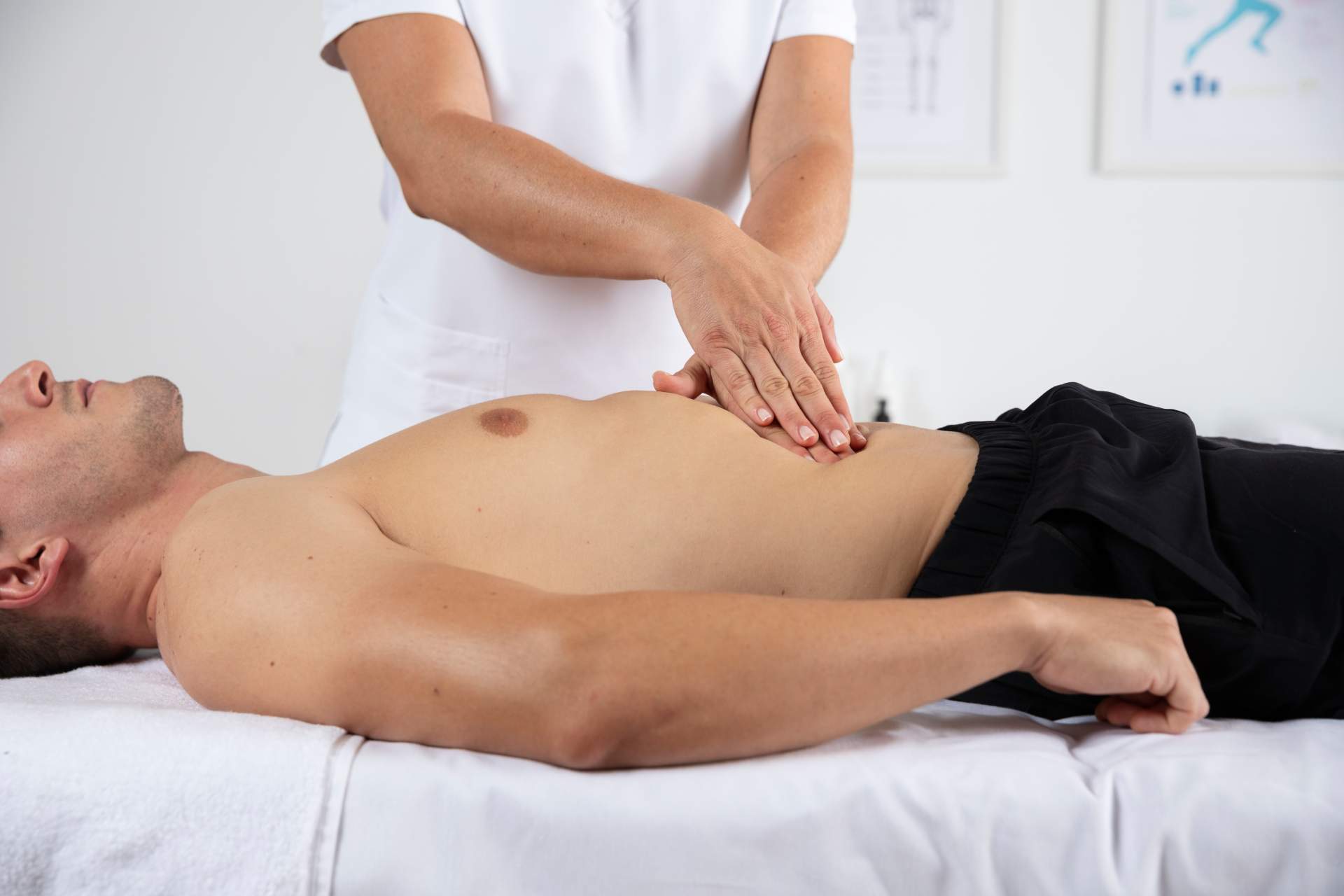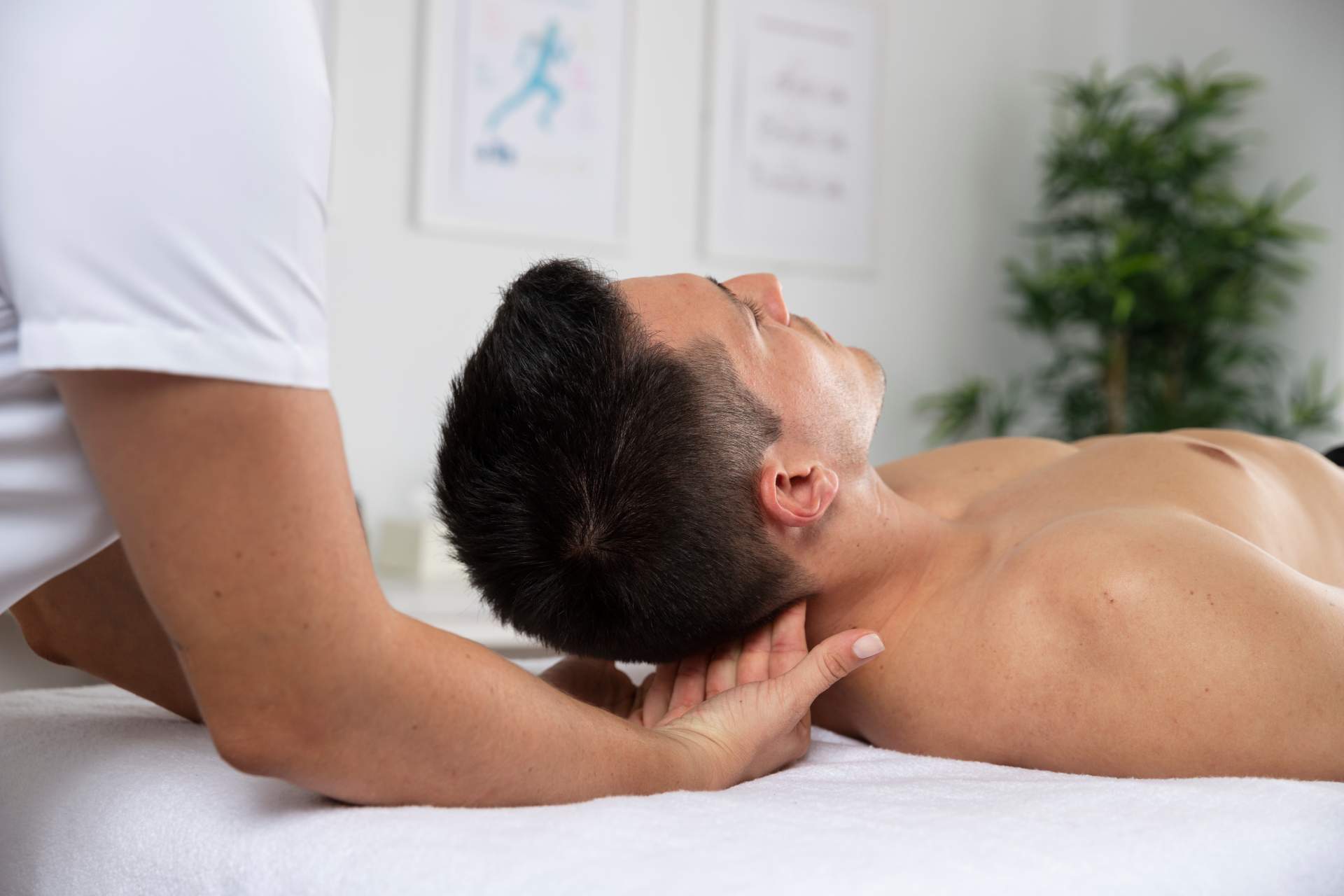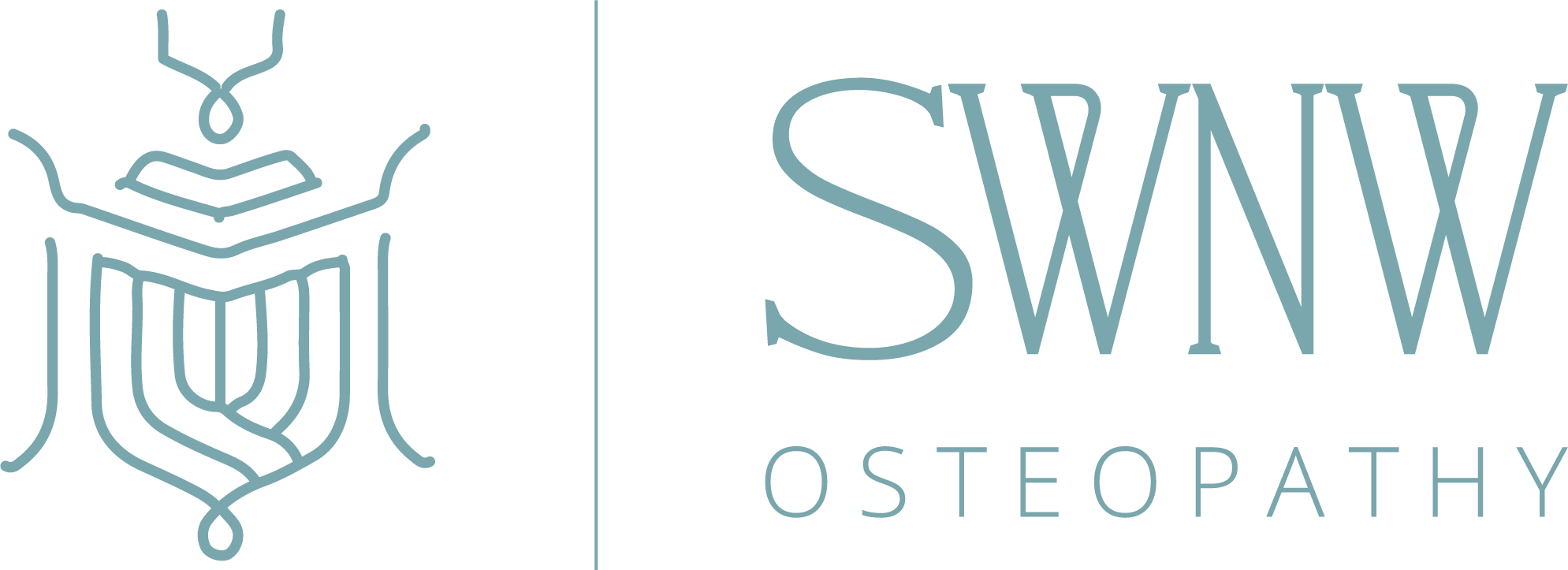Osteopathy
Structural Osteopathy
Structural osteopathy is primarily aimed at diagnosing and treating the dysfunction of bodily structures like the muscles, joints, ligaments, and tendons. It entails treating the problems of the musculoskeletal system, just as visceral osteopathy relates to treating the problems of the visceral system (viscera are the internal organs of the body such as the intestines).
Since the structure and function are intertwined with each other; if the structure is not balanced, the function suffers, resulting in ‘dysfunction.’
We at SWNW Osteopathy pride ourselves on providing top-tier structural osteopathic services.
Here’s what you can expect at your first structural osteopathy session.

Communication
At your first appointment, our osteopath will take your medical history and ask you questions about your symptoms to work up a diagnosis.
Good communication is important not only for a good diagnosis but also to address the concerns of our patients. Our osteopath will then write down the diagnosis; we can provide you with a copy of our notes if you would like.
Examination
Our osteopath will then examine your body for the cause of discomfort. Your whole body will be examined because sometimes the part of the body experiencing pain is not the part experiencing the actual problem.
The osteopath will explain what they are doing while examining you and if you are uncomfortable at any point in the examination, you can ask them to stop right away.
Depending on your condition, some medical tests may also be required.
Treatment
After your examination, our osteopath will discuss the treatment plan with you.
Every treatment is individually designed to help with the patient’s specific condition.
Most treatments will begin after the first appointment. However, sometimes you may be required to make a second visit with your medical reports such as those of blood work and x-rays, before reaching a definitive diagnosis.
Advice
Along with your treatment plan, the osteopath may suggest some lifestyle modifications to improve your condition faster. It also helps ensure the problem does not arise again.


Visceral Osteopathy
Osteopathy is a branch of alternative medicine where an osteopath diagnoses, treats, and prevents health problems by massaging and stretching patients’ muscles, joints, and connective tissues, and ensuring their proper functioning.
The term ‘viscera’ refers to the internal organs of the human body found within the rib cage, abdominal cavity, and pelvic cavity. Hence, visceral osteopathy is a branch of osteopathy that aims to improve the mobility of these organs within their natural body position in order to improve overall system function.
At SWNW Osteopathy, we offer manual therapy for viscera in order to address the underlying problem. We aim to improve multiple visceral disorders without invasive therapy.
The Role of Viscera in Causing Musculoskeletal Pain
Disorders in viscera can sometimes lead to musculoskeletal pain, and this is known as referred pain – a phenomenon in which pain is felt at a location other than where the painful stimulus originated.
This is why visceral osteopathy is an integral part of osteopathy since it can treat the underlying causes of many musculoskeletal manifestations.


The Health Benefits of Visceral Osteopathy
Here at SWNW Osteopathy, our team uses visceral osteopathy with the aim to improve the overall health of the body by improving and restoring the motion of the internal organs. Our osteopath, Dr. Karim, utilizes the manipulation of the internal organs to treat a variety of conditions.
Visceral manipulation is used to treat patients with chronic disorders such as chronic lower back pain, neck pain, shoulder pain, hip dysfunction, and pelvic dysfunction.
It can also be used to successfully treat conditions like
- Irritable bowel syndrome (IBS)
- Constipation
- Bladder incontinence
- Acid Reflux
- Infertility not associated with medical disorders – anatomical or physiological
- Painful menstrual cycle (Dysmenorrhea)
Owing to the results we see and the improvements we witness in our patients due to visceral osteopathy techniques every day in our practice, we recommend visceral osteopathy as a treatment option for several disorders in the internal body organs.


Cranial Osteopathy
Cranial osteopathy involves applying gentle pressure along the head and spine to release pressure. At SWNW Osteopathy, we use cranial osteopathy to manipulate the bones and tissues of the skull to improve a variety of health conditions including cerebral palsy, asthma, and headaches.
Who Can Be Treated with Cranial Osteopathy?
Cranial osteopathy is highly effective for all age groups. Osteopathy entails treating the body as a whole and thus it involves treating multiple areas and systems of the body rather than focusing on the symptomatic area only.
A number of factors like an accident, sports injury, or even stress or emotional trauma can cause the rhythm and symmetry of cranial movements to get out of sync, causing pain and discomfort.
When these patients visit our clinic, they usually complain of pain that affects the muscles, bones, and joints such as:
- Lower back pain
- Arthritis
- Muscle and joint pain
- Sports injuries
- Pelvis, hips, and legs issues
- Shoulder pain and elbow pain (i.e., tennis elbow)
- Plagiocephaly
- Uncomplicated neck pain
Conditions Treated with Cranial Osteopathy
Cranial osteopathy can be used to treat a variety of conditions, including but not limited to:
Headaches
Cranial osteopathy is highly effective in treating headaches. It generally takes only one to two sessions to notice significant improvement
Tension
When our body experiences stress for a long period, it will cause tension to build up in the tissues, and this, in turn, causes various diseases and injuries. Cranial osteopathy aims to ease this tension allowing the body to heal.
Anxiety and stress
It provides a general comfort to babies while in adults, it decreases the level of stress and anxiety.
Poor sleep
Cranial osteopathy improves the quality of sleep in both children and adults leading to an improvement in the overall well-being.
What Does Cranial Osteopathic Treatment Feel Like?
In cranial osteopathic treatment, the techniques are very gentle and require no manipulation. These techniques involve applying light pressure to different areas of the body to release strain or tension that may be compromising health. These treatments are very relaxing and sometimes our patients even fall asleep during their sessions. The patients feel different sensations during their treatment such as a feeling of sensitivity, mild aching, or a feeling of warmth and relaxation. Rest assured, it is completely safe and painless.
How Many Treatments Will I Need?
The number of treatments depends on the condition of the patient. Acute conditions respond quickly to therapy, and while chronic conditions also respond well to therapy, they may require ongoing treatment to help the patient remain symptom-free.
Maintenance treatment frequency varies from once per month to once every three months. Our team will guide you on whether the maintenance treatment is required for you or not.
